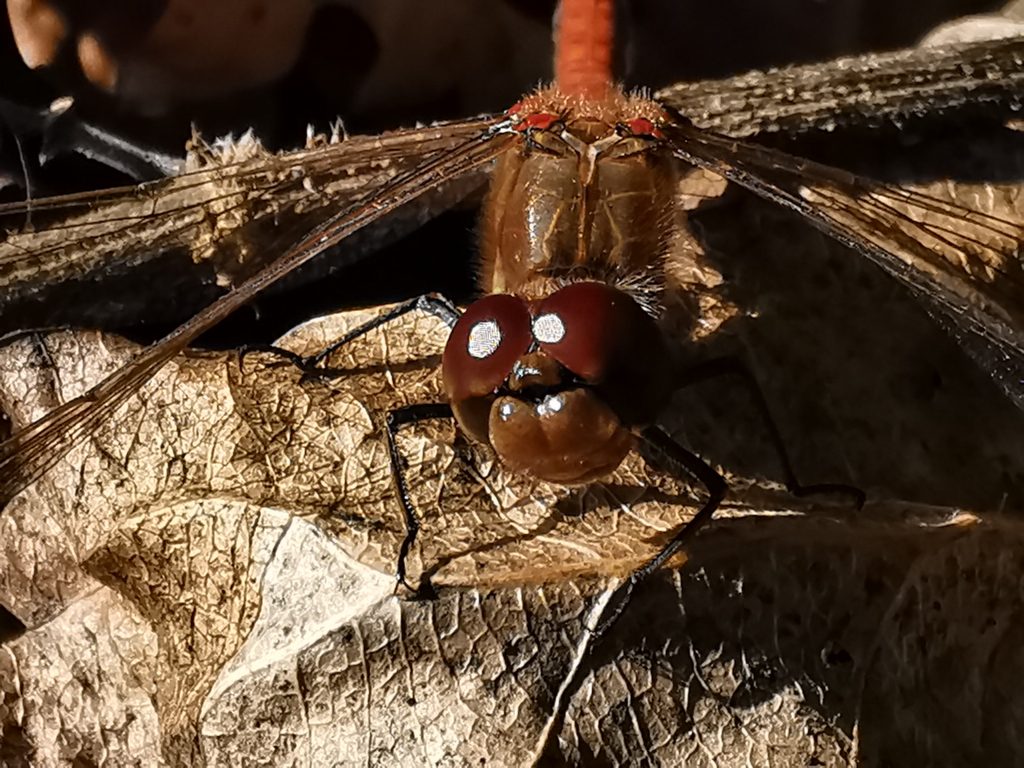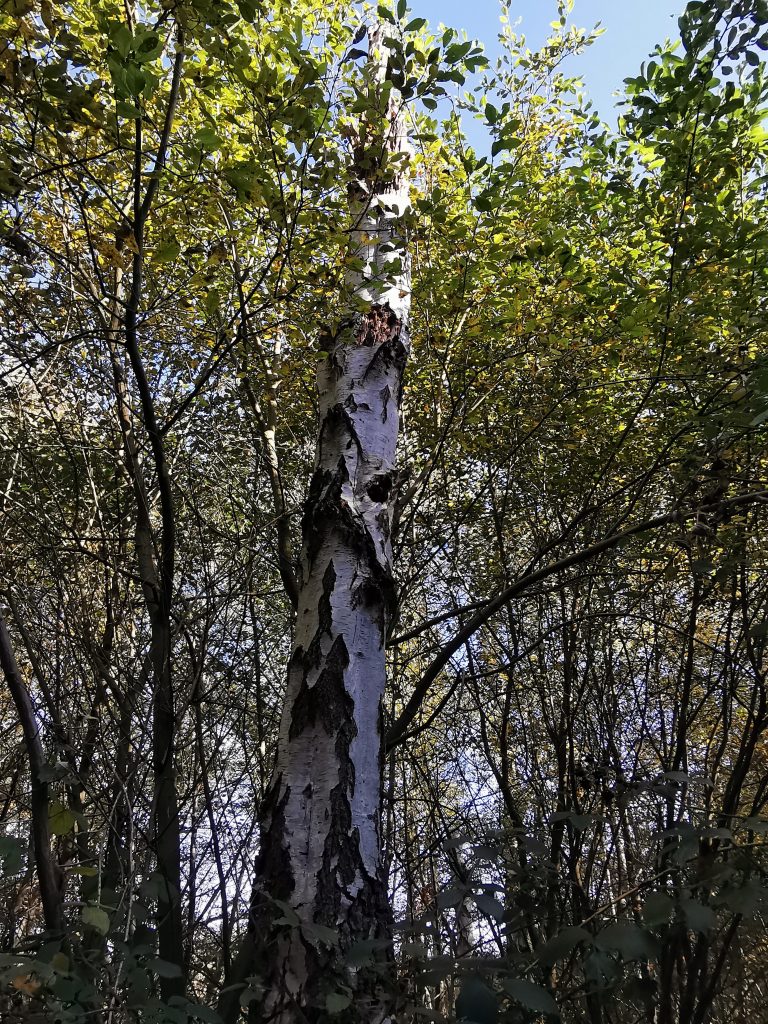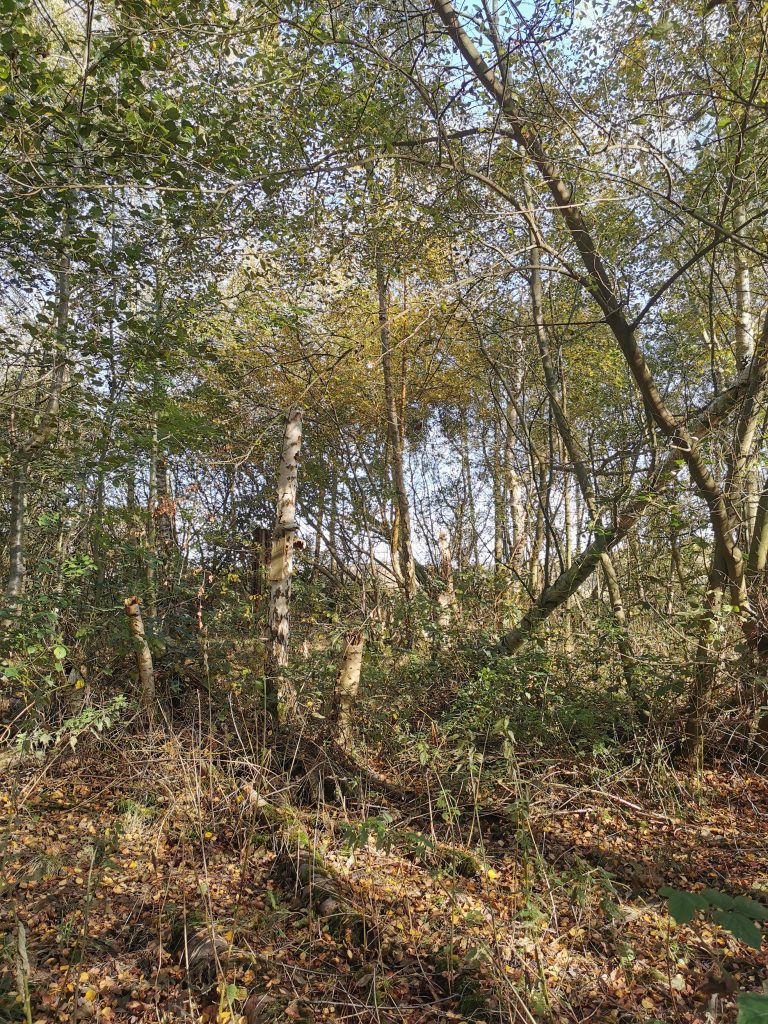Welcome to the first blog of the ‘On a tree by a River’, a project to help bring back from the brink one of the most threatened native birds in the UK, the willow tit.
There has been a loss of 90% of willow tit since the 1970s, due to habitat loss and intensive farming practices. We are working within one of the largest areas of interconnected wetland of the Tame Valley, totaling over 1000ha. This area still holds a nationally important population of willow tit with strong holds at Ladywalk Nature Reserve and Middleton Lakes.
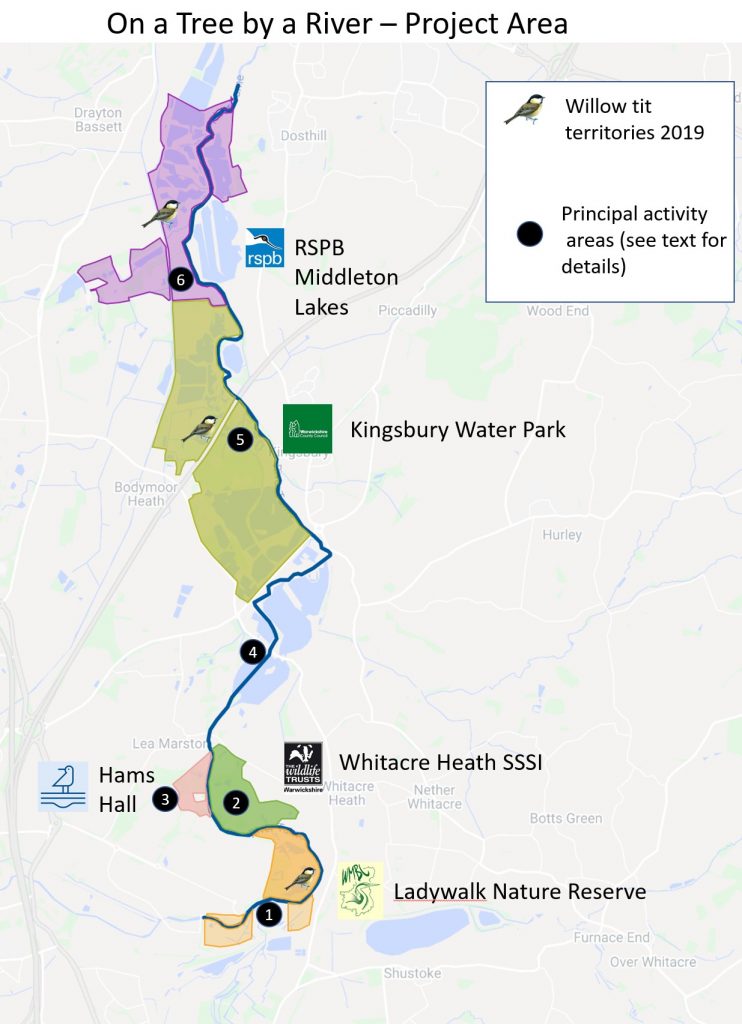
The aim of this project is to increase the population and local range of the willow tit within the area working from Middleton Lakes down to Ladywalk Nature Reserve. The map shows the areas we’ll be carrying out these enhancements, by creating suitable habitats within wet woodland areas. These areas of wet woodland contain scrub and trees such as birch, willow and alder, which are preferred by the willow tit. The project will focus on improving nesting opportunities by using dead wood (more to come on this), food resources and removal of invasive species that are present on a majority of these sites.
Click on the map to enlarge the image.
To kick off the project we’ve made good inroads into identifying potential habitat enhancements that could be made within these areas. It’s been great exploring these sites, to see what is there and how the existing population of willow tits are using these sites, whilst thinking like a willow tit about what their preferences are and how we can replicate this throughout all the sites. There’s a great success story with Ladywalk Nature Reserve: originally only one pair existed at the site, and there are now potentially three pairs present.
The photos below show the type of nesting sites that the willow tits prefer, with birch being the main tree they would use for nesting. Typically the birds would nest at about 1 metre to 1.5 metres above ground, but these pictures show they could go higher. Click on the images to enlarge.
This photo shows a seed bank, an area planted with particular plant species which produce seeds favoured by willow tit. Seed banks are a great way of contributing to the seeds that willow tit could feed on. Hopefully we will also be introducing patches within areas that would help the birds, especially over the wintering period when food probably isn’t as abundant as in summer. Keep an eye on the blog for more information on this in the future!
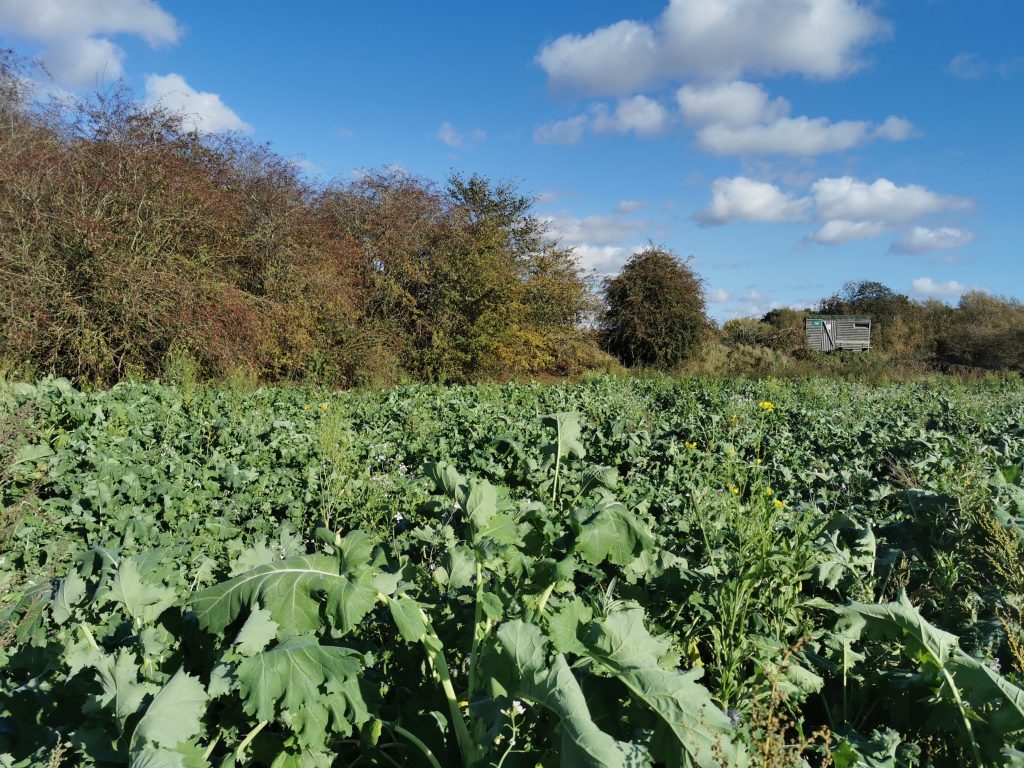
We had an eventful afternoon whilst visiting Ladywalk Nature Reserve. After spotting an amazing otter on the bank of the River Tame these amazing dragonflies, called common darters, were out in full force in the sunshine taking advantage of the bugs around and not being camera shy at all!
